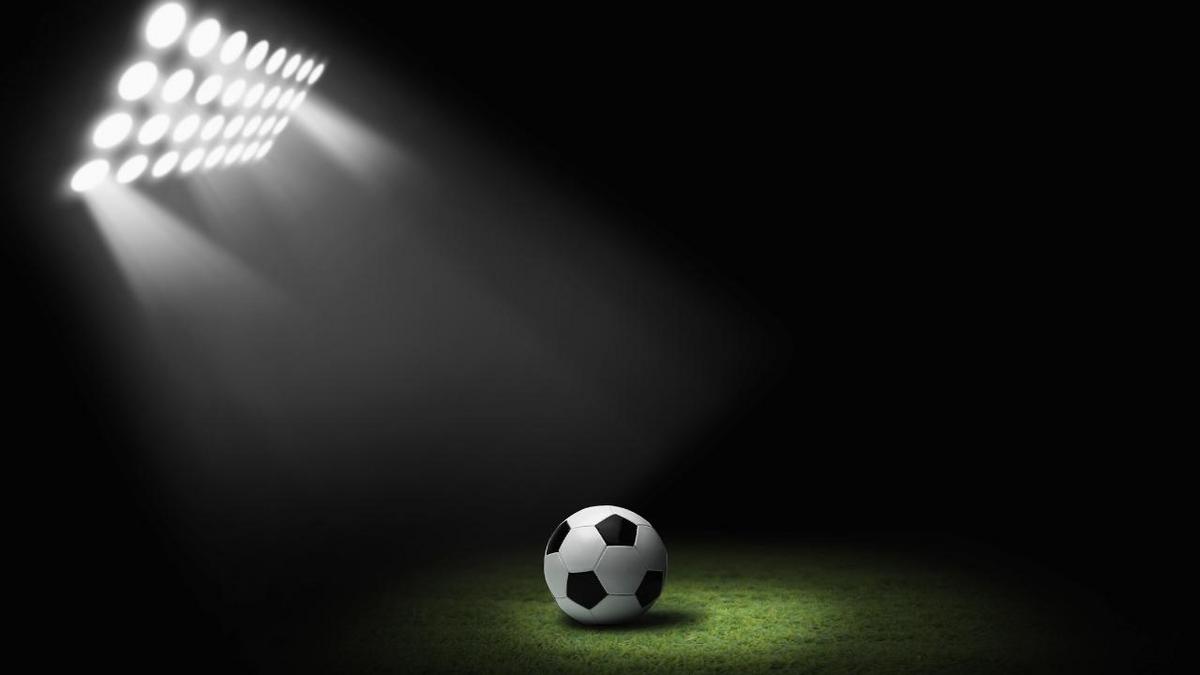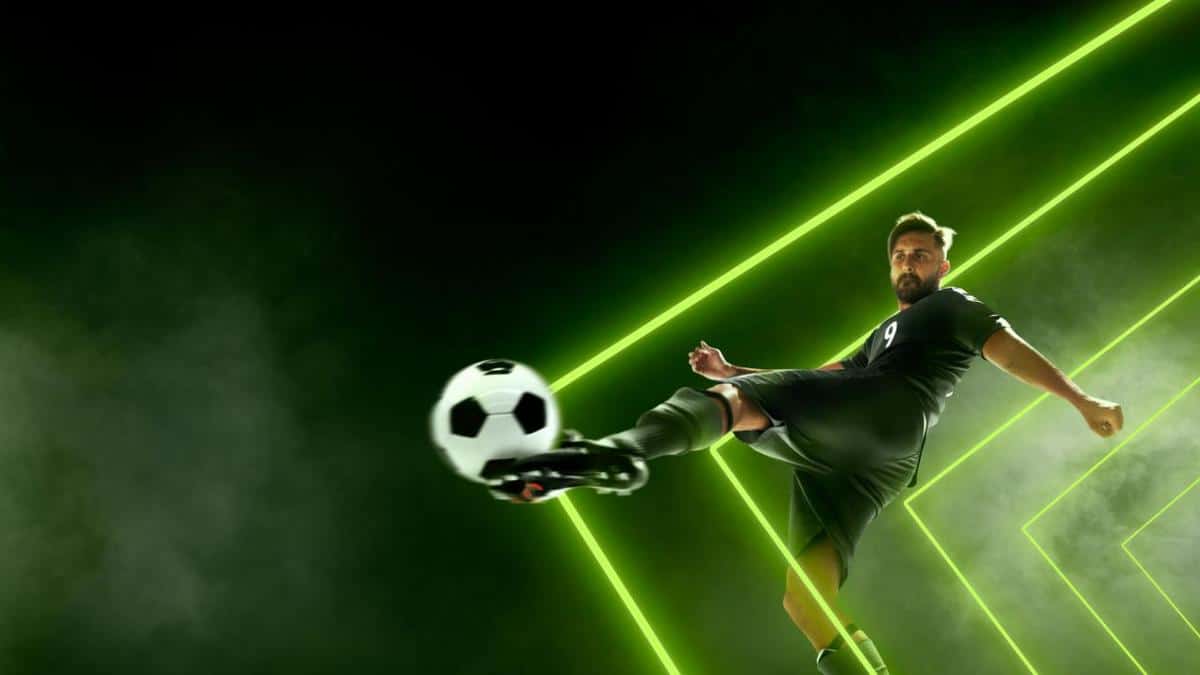Have you ever wondered how to watch live football matches? Behind the excitement of live football matches lies a complex system of teams, technology and challenges that ensure that every pass and goal reaches you in real time. In this article, we will explore the main steps of the broadcast, the organization of the teams involved and the obstacles that need to be overcome so that you can cheer from your sofa with total excitement. Get ready to find out what happens behind the scenes of sports broadcasts!
How is a live football broadcast done?
Broadcasting a live football match involves a series of meticulous steps. First, preparation begins days before the event, with production meetings to organize the crew and necessary logistics. Once the plan is in place, the broadcast team, which can include more than 100 professionals, is divided into specific roles, such as camera, direction and comedy.
Between 10 and 20 cameras are used during the game. These include fixed cameras, such as those mounted on cranes, and mobile cameras that capture dynamic angles. The goal is to ensure that every crucial play is shown in all its glory to the audience at home. The organization is so complex that it is often compared to a war operation, where the focus is on delivering an immersive experience.
The challenges faced in live coverage are significant. Bad weather, technical failures or communication issues can all affect the broadcast. The crew must be prepared to resolve issues quickly and ensure signal continuity. Additionally, factors such as audio coordination and real-time graphics integration add another layer of complexity.
To better understand all the details of this fascinating process, you can check out How is a football match broadcast?, which highlights the importance and procedures involved in live coverage of games. So, the next time you watch a game on TV, you will be able to see all the dedication and talent behind the cameras!

Check out the best websites and apps
What equipment is used in sports broadcasts?
Sports broadcasts, especially football, require a wide range of equipment to ensure quality coverage. One of the main instruments are high-definition cameras, usually between 10 and 20 per game. They can be fixed, positioned in strategic locations, such as behind the goals, or mobile, allowing dynamic angles that capture all the action. High-definition cameras are essential for viewers at home to appreciate every exciting detail of the game.
Another innovation that has gained ground is drones at sporting events. These devices offer a unique, panoramic perspective, allowing images to be captured that are impossible to achieve with traditional cameras. With drones, it is possible to show the atmosphere of the stadium, the movement of the fans and, of course, the best moments of the game, all in real time.
The broadcast infrastructure behind these coverages is impressive and complex. It requires efficient coordination of more than 100 professionals, ensuring that all the technology is working perfectly. This involves everything from setting up the equipment to live editing, where multiple angles are selected and broadcast simultaneously to the audience. Real-time editing is crucial to providing an immersive experience and dynamics that convey the adrenaline of the game. For those interested in learning more about this technology, a good reference is the Of course, which discusses transmission infrastructure.
These elements, combined, make live broadcasts resemble a war operation, where efficiency and organization are key to capturing every moment and delivering an incredible experience for viewers on screen.
How does the production team work on live broadcasts?
The production team for a live football broadcast is made up of several professionals, each with specific roles that complement each other. Sports commentators, for example, are essential. They bring context to the game, offer technical analysis and interact with the audience in an engaging way.
Broadcast directors are responsible for orchestrating the entire operation. They decide which images will be shown and monitor the cameras to make sure nothing important is missed. They are like a conductor, making sure all the instruments — or rather, cameras — are in harmony.
But it doesn’t stop there! Producers play a crucial role in broadcasts. They handle the logistics, ensuring that everything runs smoothly, from choosing the cameras to coordinating the teams on the field and in the studios. Think of them as the master strategists who come up with the plan of action before the “big battle” of a game.
The selection of live footage also follows a demanding workflow. Between 10 and 20 cameras are in operation, capturing different angles and moments of the game. Best practices include always being prepared to capture exciting plays, fan reactions and subtle commentary that can enrich the broadcast narrative.
For more details on this fascinating process, you can check out this article about how a football match is broadcast.
With such tight coordination and a dedicated team, live broadcasts are able to capture the essence of football, providing an incredible experience for viewers.
What technological advances are impacting sports broadcasting?
The impact of 5G technology on football broadcasts is significant. With extremely high data speeds, 5G enables uninterrupted, high-definition broadcasts. This means viewers can watch games with much higher image quality, almost as if they were in the stadium. Low latencies improve real-time response, especially in replays and instant analysis. The implementation of this technology promises to revolutionize the viewing experience, making it more dynamic and interactive.
Artificial intelligence is also transforming the viewing experience. Advanced algorithms analyze game data in real time, enabling the creation of personalized content, such as statistics and graphics, that are relevant to each fan. Additionally, AI can generate automatic commentary and offer tactical analysis, making the experience richer and more informative.
Real-time graphics are another important innovation. They help to visually demonstrate player performance, changing stats during the game, and other relevant information. These graphics are updated instantly, allowing viewers to follow the game from a new perspective. Many broadcasts today use overlay technology, which inserts these graphics directly onto the screen, providing a more immersive experience.
To learn more about how personalization in the viewing experience is changing sports broadcasting, you can check out this link.
How does signal distribution work in live broadcasts?
Signal distribution for live football broadcasts involves several methods, the most common being satellite transmission and IPTV. The choice of method depends on factors such as the location of the event, the available infrastructure and the target audience. For example, satellite transmission is essential for reaching remote locations, while IPTV excels in urban areas where the internet is more reliable.
Broadcast rights licensing is a crucial issue. It determines who can broadcast an event and directly influences broadcasters’ revenues. In essence, broadcasters need to secure broadcast rights through agreements with leagues or event organizers. This means that without a proper contract, the broadcast of a game could be compromised, which can disappoint both viewers and sponsors involved.
As for the technical aspects that guarantee the quality of digital transmission, several technologies are applied. Broadcasters use high-definition cameras, advanced compression systems and servers that manage the distribution of the signal. This ensures that the image is clear and that the audio is perfectly synchronized with the video, providing an immersive experience for viewers.
Additionally, continuous calibration and monitoring of the signal during transmission helps to avoid failures. If a problem occurs, the technical team can quickly relocate the cameras or adjust the settings to restore the quality of what is being transmitted. Claro website, you can explore more about the technology involved in sports broadcasting.
Conclusion
Live football broadcasting is a complex process that involves several steps, from team organization to the use of cutting-edge technologies. We explore the challenges faced during match coverage and how the collaboration of different professionals enriches the viewer experience. In addition, technological developments, such as the implementation of 5G and artificial intelligence, promise to revolutionize this sector even further. Understanding these elements is key to appreciating the magic behind each broadcast match.
FAQ
Frequently Asked Questions
How do you prepare for a live football broadcast?
Preparing for a football broadcast involves production and team organization meetings days before the event. Planning includes defining specific roles for more than 100 professionals who will work in harmony during the broadcast.
What equipment is used in sports broadcasts?
Essential equipment includes high-definition cameras, which range from 10 to 20 per game, as well as drones that offer a new perspective of the matches. This technology allows you to capture all the exciting moments, ensuring quality coverage.
What is the role of the production team during the broadcast?
The production team, which includes commentators and directors, is crucial to orchestrating the live footage. They ensure that every important play is captured and that the game’s narrative is engaging and contextualized for the audience.
How is technology impacting sports broadcasting?
Technologies like 5G and artificial intelligence are revolutionizing broadcasting. 5G enables superior picture quality and low latency, while artificial intelligence provides instant analytics and personalized statistics for viewers.
How does signal distribution work in live broadcasts?
Signal distribution can occur via satellite or IPTV, depending on location and infrastructure. Licensing of broadcast rights is crucial, ensuring that broadcasters can broadcast events properly and avoid frustrating viewers.



